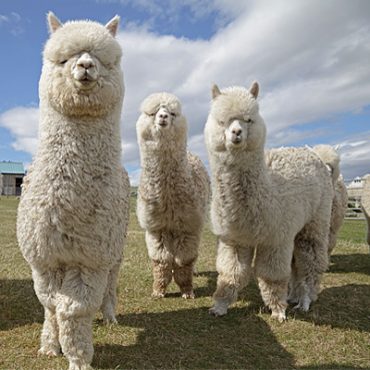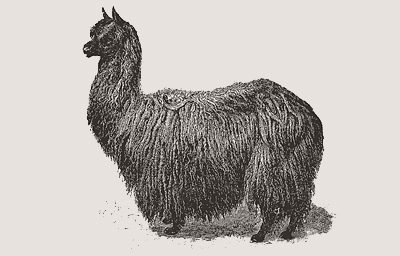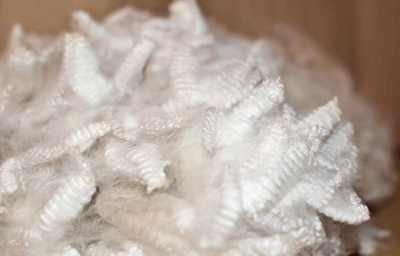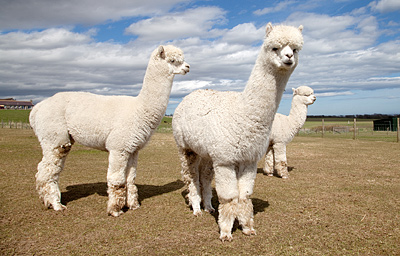
Species: Alpaca (Vicugna pacos)
Genus: Vicugna
Family: Camelidae
Suborder: Tylopoda
Order: Artiodactyla
Superorder: Laurasiatheria
THE ALPACA
Vicugna pacos belongs to the camelid family and is a subspecies of the genus Vicugna, which was domesticated in the Andes of South America. A distinction is made between two breeds: the huacaya, which has a stocky appearance and produces an extremely warm fibre, and the more slender suri, which has a silkier fleece. Unlike the closely related llama, these animals were not traditionally used as beasts of burden. Instead, they were bred with the sole purpose of obtaining fibre.
Alpacas are extremely robust and can adapt well to a wide range of climatic conditions. Nevertheless, they are rarely raised on farms in Europe. Even though the processing of alpaca fibre is only in its infancy here, the breeding programme has the clear aim of producing a finer, textured fibre that results in exceptionally high-quality wool further down the production line.
Given their quiet and peaceful nature, alpacas are also used in animal-assisted therapy in Germany. These gentle animals have an amazing effect on people with a wide range of conditions, including autism spectrum disorders.
The chemical and physical qualities of alpaca fibre are similar to those of sheep wool, but the quality is superior to cashmere and mohair. More>



